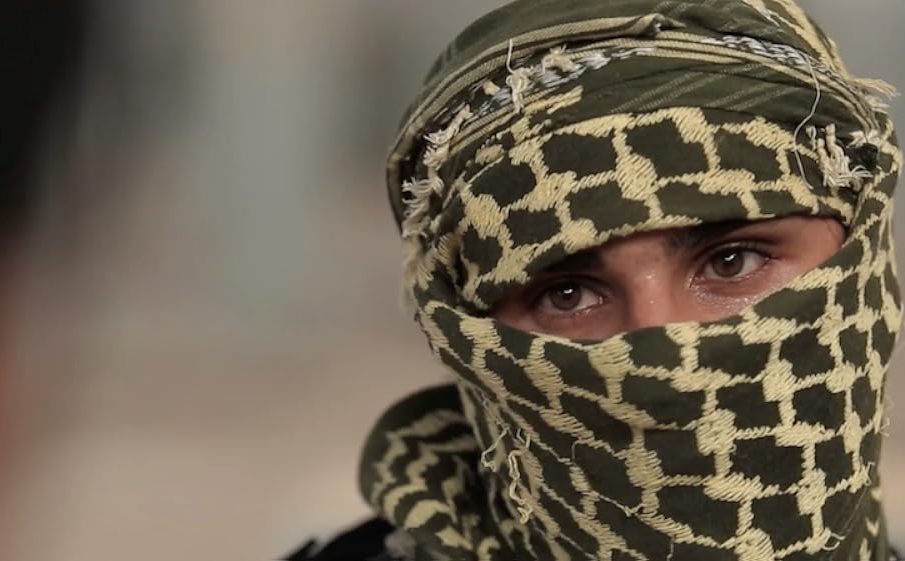The Role of Abu Obeida in Hamas and Gaza’s Military Strategy

Introduction
In the complex landscape of Middle Eastern politics and conflict, few figures have emerged as prominently as Abu Obeida, the spokesman for Hamas’ military wing, the Izz ad-Din al-Qassam Brigades. His statements and actions have become pivotal in shaping the group’s image and strategy, particularly during times of heightened conflict with Israel. Understanding his role provides critical insights into the operational and ideological underpinnings of Hamas, which continues to be a key player in the Israeli-Palestinian conflict.
Background of Abu Obeida
Abu Obeida, whose real name is Muhammad al-Daif, has been associated with Hamas for several decades, rising through the ranks to become one of the most recognised figures within the organisation. Since 2006, he has served as the spokesperson for the Izz ad-Din al-Qassam Brigades, skilfully balancing military engagement and media presence to bolster Hamas’s messaging and legitimacy. This dual role has positioned him as a crucial link between the militant activities of Hamas and public perception, particularly in the Arab world.
Recent Developments
In recent months, Abu Obeida has made headlines as tensions escalated between Gaza and Israel. Following a series of violent exchanges, he has appeared in several televised addresses, rallying support for the Palestinian cause and declaring armed resistance against Israeli operations. His rhetoric has struck a chord among Palestinians, reinforcing Hamas’s standing as a formidable entity in the region. Reports suggest that the group has been re-evaluating its strategies under Obeida’s guidance to adapt to the evolving political landscape in the Middle East.
Significance in Current Conflicts
Obeida’s declarations have not only amplified support for Hamas but have also drawn international attention to the ongoing humanitarian crisis in Gaza. By positioning Hamas as both a military force and a defender of Palestinian rights, he seeks to galvanise not just local but global Muslim sentiment. His recent statements following significant military clashes with Israel indicate a strategic pivot that includes seeking solidarity beyond traditional allies, hoping to attract broader support from humanitarian perspectives worldwide.
Conclusion
As a figure in Hamas, Abu Obeida epitomises the intertwining of military action and media strategy in contemporary conflicts. His ability to capture interest and resonate with the public is a testament to his significant influence within the group. The implications of his actions and statements are profound—potentially shaping the future trajectory of the conflict and influencing international responses. As the situation in Gaza continues to unfold, following Obeida’s leadership will be crucial for understanding the dynamics at play in one of the world’s most enduring and volatile conflicts.









